The Hidden Profit Drivers

Many brands around the world have perfected the art of marketing a single product while generating revenue in other products/ markets
Many famous firms use unconventional means of making money. Their true source of income is unrelated to what they sell you. Let’s dissect the process by which certain foreign and Indian businesses have become experts in this approach.
Jio
When Jio entered the Indian telecom industry, they offered free phone calls and very inexpensive data. This caused a revolution.
But where is the money? The low-cost data was Jio’s selling point, but the company’s ecosystem of services is where the real money is. The business roped in a huge customer base by combining JioFiber internet, JioTV, and JioSaavn music streaming. To further use its telecom network to cross-sell retail services, Jio has created JioMart. Jio has become an Indian telecom behemoth thanks to its “data for cheap, profits from services” business model.
Amazon Prime
The online retail behemoth, Amazon, also has some tricks up its sleeve. Last year, it earned over $500 billion from online sales, with a large portion of it coming from Amazon Prime subscribers.
In addition to expedited delivery, members of Amazon Prime also get access to video streaming, special sales, and more. With over 200 million paying customers, Prime is a major source of revenue, bringing in billions of dollars annually. Even though many of Amazon’s items have little or no profit margins, the Prime environment ensures that customers keep coming back.

Zomato
Although Zomato began as an essential application for aggregating restaurants, its actual income growth occurred with the launch of Zomato Gold.
Zomato launched a membership program, Zomato Gold, to offer members exclusive discounts at participating eateries, despite its primary use for meal delivery. Through this arrangement, Zomato can broaden its sources of income beyond commissions on delivery.
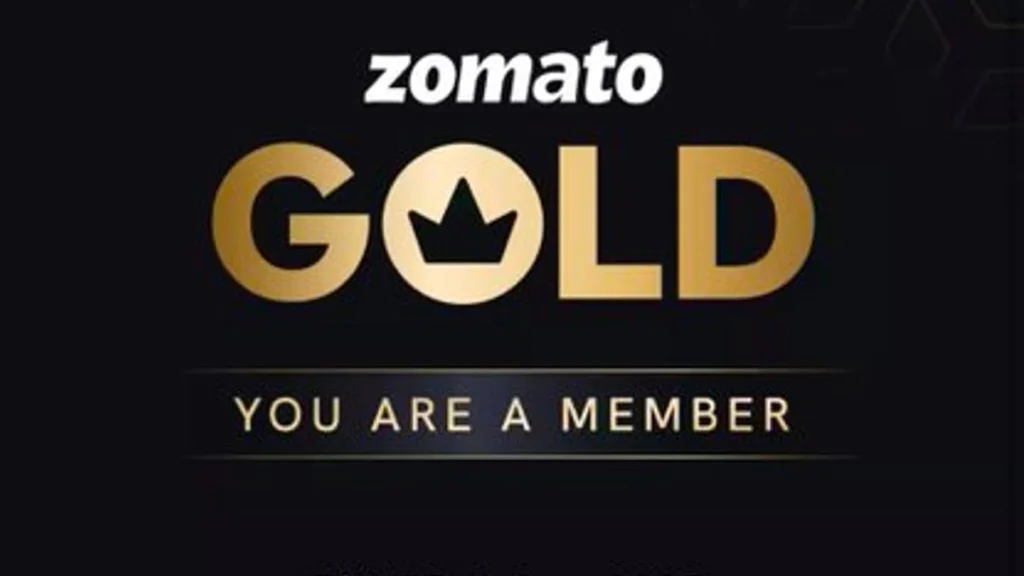
Costco
The worldwide retailer Costco achieved a record-breaking $226 billion in revenues. However, the actual profit was not from product sales. Membership fees provide the majority of Costco’s revenue. The $100 yearly membership fee that customers pay to shop at Costco accounted for over 80% of the company’s $9 billion profit. What about the merchandise? They break even.
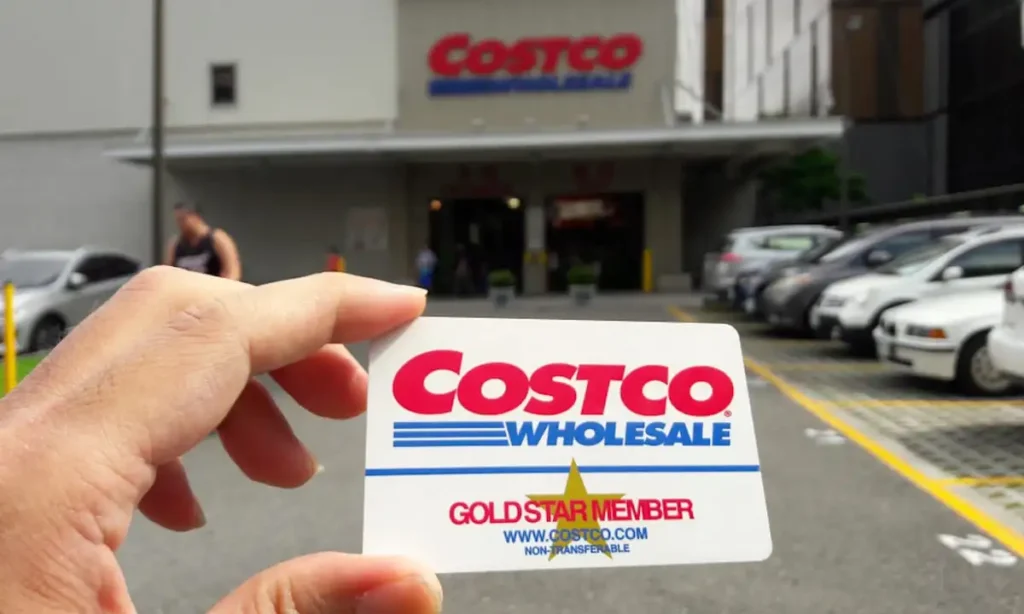
IKEA
The inexpensive flat-pack furniture from IKEA is famous all around the world. Most people think IKEA makes money from selling cheap things; however, food sales make up a significant portion of their business.
As a marketing strategy to keep consumers in the shop longer, every IKEA store offers a restaurant with reasonable meals. The food makes customers spend more time and money at the shop. Selling Swedish meatballs at an IKEA restaurant can be lucrative, as the chain’s eateries generate hundreds of millions of dollars annually worldwide.

Apple
The iPad, iPhone, and MacBook are among Apple’s most recognisable products. However, services have been its primary driver of expansion in recent years.
The App Store, Apple Music, Apple TV+, and iCloud storage now provide a significant portion of Apple’s revenue, even if hardware sales are massive. By incorporating subscriptions and in-app purchases into its ecosystem, Apple has effectively shifted from being a hardware firm to a service provider. Services alone generated over $80 billion in sales last year.
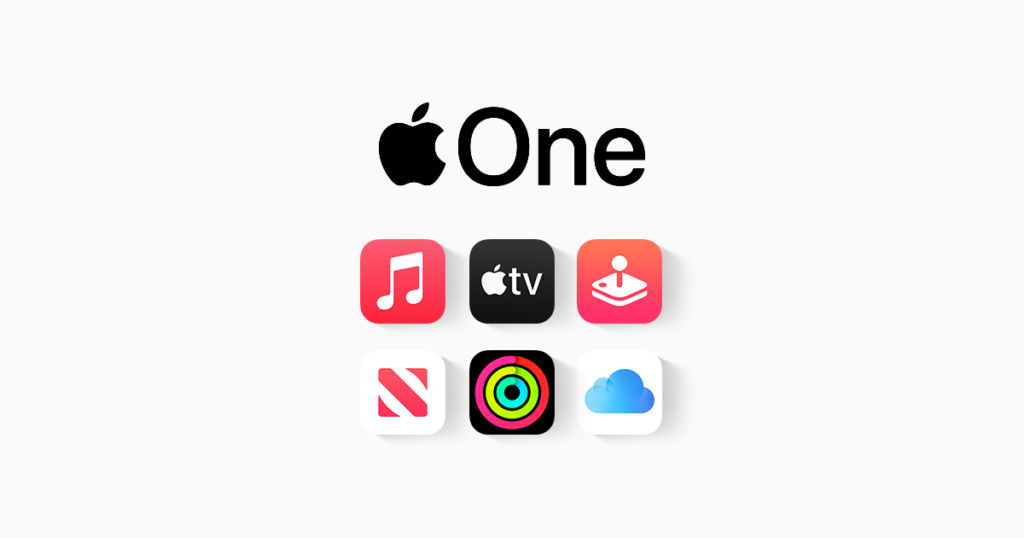
Marriot
Though a global hotel chain, it does not own most of its properties. Marriott, on the other hand, relies on licensing as its foundational economic strategy. The company grants permission to independent hotel operators to utilise the Marriott name, software, and rewards programs. Without worrying about managing all those properties, this method helped Marriott bring in $207B last year.

McDonald’s
Despite the global fame of McDonald’s burgers and fries, the company excels financially in real estate. Many may be surprised to hear this since the company’s fast-food reputation precedes its substantial real estate portfolio.
Unlike many other fast food businesses, McDonald’s owns most of the buildings and land on which its restaurants are located. Over twenty-five thousand structures and the land they sit on are owned by McDonald’s. Because of this calculated decision, the firm is now among the biggest real estate corporations in the world.
The organisation’s business concept is simple yet brilliant. After leasing space from McDonald’s, franchisees run restaurants under the McDonald’s name. A significant and reliable source of income for McDonald’s comes from the rent that franchisees pay to the company.
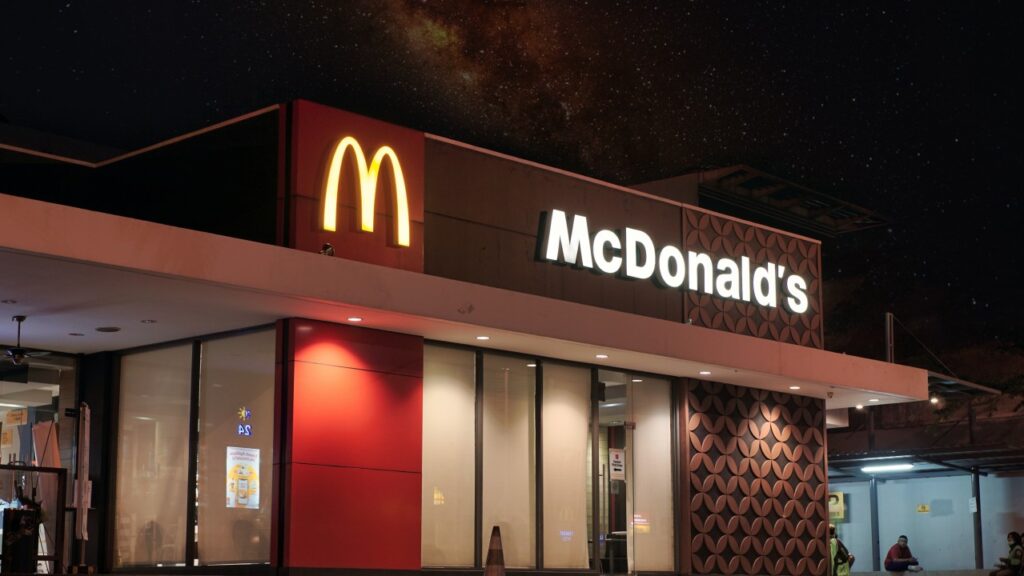
Conclusion
Many brands worldwide have perfected marketing a single product while generating revenue in other markets. Companies are continually developing new methods to make money in unexpected places, including memberships, services, or data-driven initiatives. It’s proof that contemporary businesses, from digital behemoths to mom-and-pop stores, rely on various income streams.
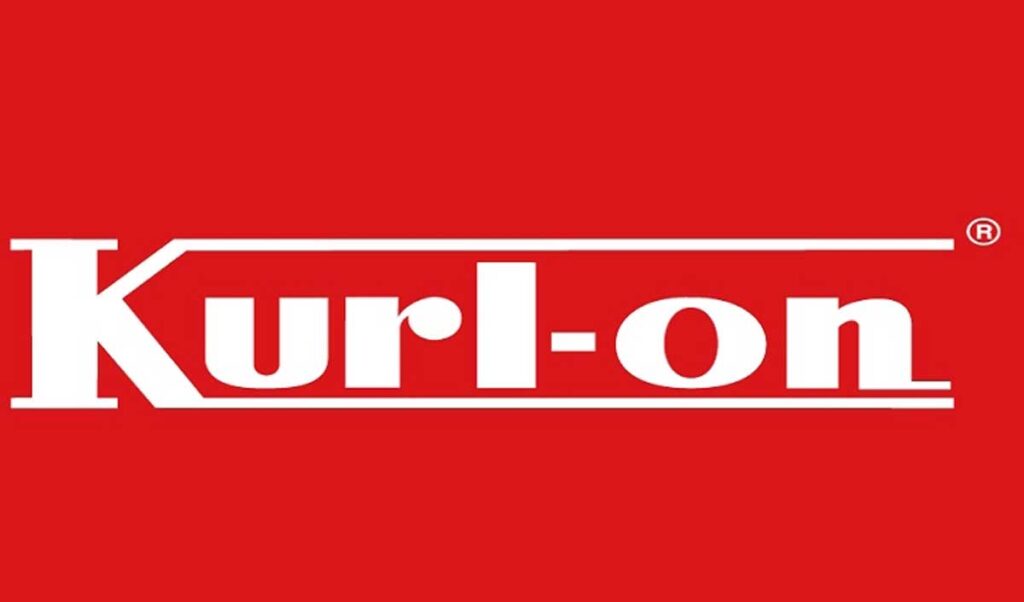


1 Comment